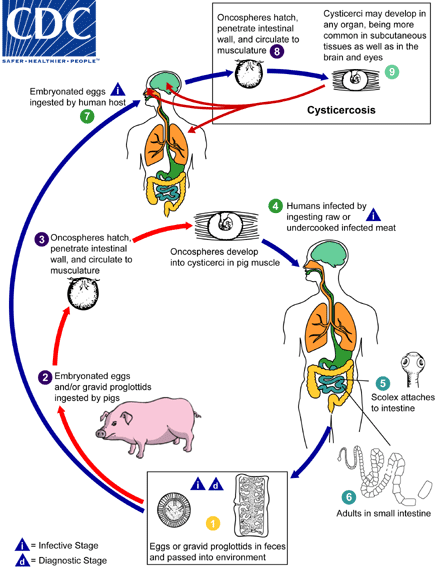We’ve written about Cleveland on several occasions recently as it sits in the cross-hairs of the US State Department and its refugee contractors*** as a prime target for a “welcoming” community for dropping off refugees. In fact, they even sent in federal contractor ‘Welcoming America’ last year to soften up the politicians there.
Remember readers, the refugee resettlement industry is running out of “welcoming” cities and needs to expand those already overloaded or find new locations before citizens catch on!
Here is the latest in an article entitled, ‘Cleveland hosts Refugee Summit, looks to become choice destination for newcomers’ (LOL! they love that sort of terminology—newcomers!).
BTW, one of the ways the refugee industry is attempting to sell resettlement is to say that refugees boost population and the economy in dying cities. What they are really doing is helping slum landlords fill their empty apartments and bring welfare dollars from Washington’s money tree. I wish someone would produce some real economic studies that include the welfare dollars from DC (from federal taxpayers) and the amount of money the refugees send out of Cleveland and America back to their home countries, among other costs, like healthcare.

From Cleveland.com (hat tip: Joanne). The city council held a summit last week (emphasis is mine):
CLEVELAND, Ohio — As political turmoil and civil war escalate in the Middle East and elsewhere in the world, Cleveland is readying itself to become home to international refugees looking for a fresh start in a safe and welcoming community, a panel of service providers told members of Cleveland City Council Thursday morning.
To kick off the city’s first Refugee Summit, which is open to the public and will be held in the City Hall rotunda from 1 p.m. to 4 p.m. today, Council invited representatives from a cadre of social service, healthcare and resettlement agencies to describe the challenges that refugees face and the benefits of opening the city’s arms to the newcomers.
In recent years, refugees have generated more than $12 million in economic activity in the Cleveland area, said Brian Upton, of the nonprofit Building Hope in the City. They have taken 650 labor jobs since 2000, bought nearly 250 houses and represented $2.7 million in state and local tax revenue, he said.
And while Cuyahoga County loses an average of 11,400 residents a year, it has gained more than 3,500 refugees in the past decade, he said. [Obviously, there are few jobs available in Cuyahoga County or the Ohioans wouldn’t be moving, so where are the refugees going to work?—ed]
Refugees tend to bring strong work ethics, too, and are 23 percent more likely than the average Clevelander to take an entrepreneurial risk, he said. [They get federal grant money to take risks when opening businesses—ed]
Cleveland has apparently run out its own American poor people and local taxpayers are paying for housing for refugees!
City Councilman Joe Cimperman said that the city has invested $300,000 to rehab a four-unit apartment building for refugees. The facility on West 45th Street is expected to begin welcoming tenants in January, he said.
Cimperman said that he would like to see about 150 units available by this time next year.
So what are a few expenses for medical care, when there is federal money to be made!
But Cleveland’s refugee population — which largely comes from Iraq, Burma and African nations — arrive under great stress, said Dr. Erick Kauffman, chief medical director of Neighborhood Family Practice, the primary refugee healthcare provider in Cuyahoga County.
Often, they’ve experienced physical and psychological trauma, were victims of torture and violence or have suffered multiple losses, including the death of their children or spouses, he said.
Forty percent have health conditions, and 14 percent arrive with infectious diseases, he said.
Yikes! Are they factoring health care costs into their budgeting?
See our Cleveland archive by clicking here. Cleveland should be taking a lesson from the Mayor of Athens, Georgia who says she wants a plan before giving away the keys to the city.
We have 254 previous posts on refugee and immigrant health problems.
See more on Ohio refugees here including information on health screening.
And be sure to see Columbus, Ohio mosques mushrooming here.
*** These nine major federal contractors, which laughingly call themselves VOLAGS (voluntary agencies), have approximately 300 subcontractors working for them and are running in most cases on 90% or more federal funding.
- Church World Service (CWS)
- Ethiopian Community Development Council (ECDC)
- Episcopal Migration Ministries (EMM)
- Hebrew Immigrant Aid Society (HIAS)
- International Rescue Committee (IRC)
- US Committee for Refugees and Immigrants (USCRI)
- Lutheran Immigration and Refugee Services (LIRS)
- United States Conference of Catholic Bishops (USCCB)
- World Relief Corporation (WR)

 said it before and will say it again, the general public may not fear a terrorist attack from so many Muslims entering the US (legally and illegally), but they will get mighty excited if their kids come home from school with TB (or parasites even)!
said it before and will say it again, the general public may not fear a terrorist attack from so many Muslims entering the US (legally and illegally), but they will get mighty excited if their kids come home from school with TB (or parasites even)!

